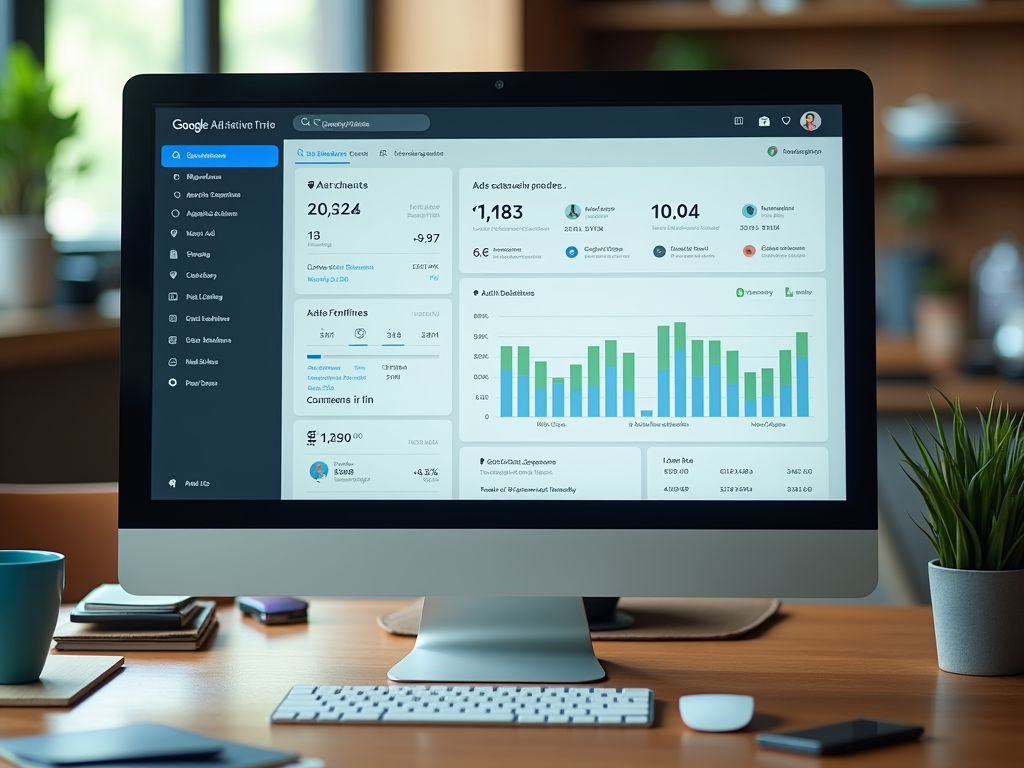Maximizing the return on investment (ROI) from your Google Ads campaigns can significantly impact your business’s profitability. One of the most effective ways to enhance your ads and ultimately increase ROI is through the strategic use of Google Ads extensions. These extensions offer additional information to your ads, encouraging users to engage with your offerings. In this article, we will explore the various types of Google Ads extensions and how they can help you optimize your advertising strategy for better returns.
Understanding Google Ads Extensions

Google Ads extensions are features that allow you to append extra information to your ads, making them more informative and compelling. By adding relevant details, you can improve your ad’s visibility and click-through rate (CTR). Here are some key points about Google Ads extensions:
- Enhanced Engagement: Extensions provide additional content, such as location, phone numbers, and links, that can attract more clicks.
- Types of Extensions: Google offers multiple types of extensions, including site link, callout, structured snippet, and more.
- Improved Ad Rank: Utilizing extensions can positively influence your Quality Score, which is crucial for ad placement.
- Cost-Efficiency: Most extensions are free to add, so they can significantly boost your overall ROI without additional costs.
- Flexibility: You can easily manage and customize the extensions according to your campaign needs and goals.
Types of Google Ads Extensions

Google Ads provides a variety of extensions, each designed to serve specific purposes. Knowing which extensions are right for you can enhance your ad presence and increase engagement. Here’s a closer look at the most common types of Google Ads extensions:
- Sitelink Extensions: These link to specific pages on your website, allowing users to find relevant information quickly.
- Call Extensions: They enable users to call your business directly from the ad, thus improving contact opportunity.
- Location Extensions: These show your business address and can help drive foot traffic to your location.
- Callout Extensions: Utilized to highlight unique selling points, such as “Free Shipping” or “24-Hour Service.”
- Review Extensions: They display reviews from reputable sources to build credibility and trust with potential customers.
Best Practices for Implementing Google Ads Extensions
To ensure that your Google Ads extensions maximize your ROI, consider the following best practices:
- Relevance is Key: Use extensions that are relevant to your audience and campaign goals.
- Maximize Visibility: Make use of all applicable extension types where appropriate to enhance your ad’s visibility.
- Regular Testing: Continuously A/B test different extensions to find combinations that yield the best performance.
- Monitor Performance: Use Google Ads reporting tools to track the effectiveness of each extension and make data-driven adjustments.
- Stay Updated: Google regularly updates its products; staying informed can help you leverage new features effectively.
After implementing Google Ads extensions, it’s vital to measure their impact on your ROI. Here are some metrics to monitor:
- Click-Through Rate (CTR): Examine how extensions impact the percentage of users who click on your ads.
- Quality Score: Track improvements in Quality Score, as higher scores can lead to lower CPCs (cost-per-click).
- Conversion Rates: Analyze whether clicks from ads with extensions yield higher conversion rates.
- Cost-Per-Acquisition (CPA): Determine the overall cost to acquire customers through ads with extensions compared to those without.
- Return on Ad Spend (ROAS): Calculate your revenue generated against the amount spent on advertising efforts.
Итог
Incorporating Google Ads extensions into your advertising strategy is a powerful way to maximize ROI. By providing potential customers with additional information, you not only improve the visibility of your ads but also enhance user engagement. Remember to regularly review and adapt your extensions based on performance metrics to ensure ongoing optimization. Ultimately, the effective use of extensions is a commitment to delivering value to your audience while achieving your business goals.
Часто задаваемые вопросы
Q1: What are Google Ads extensions?
A1: Google Ads extensions are additional pieces of information that can be added to your ads, enhancing their visibility and encouraging user interaction.
Q2: How do extensions improve ad performance?
A2: Extensions improve ad performance by providing more information, resulting in higher click-through rates and potentially better Quality Scores.
Q3: Are there costs associated with Google Ads extensions?
A3: No, Google Ads extensions are free to use; they do not incur additional advertising costs.
Q4: How can I track the performance of my ad extensions?
A4: You can track the performance of ad extensions through Google Ads reporting tools, which provide insights about clicks, quality scores, and conversions.
Q5: Can I customize extensions for different campaigns?
A5: Yes, you can easily customize and manage extensions based on your specific campaign needs and objectives.
